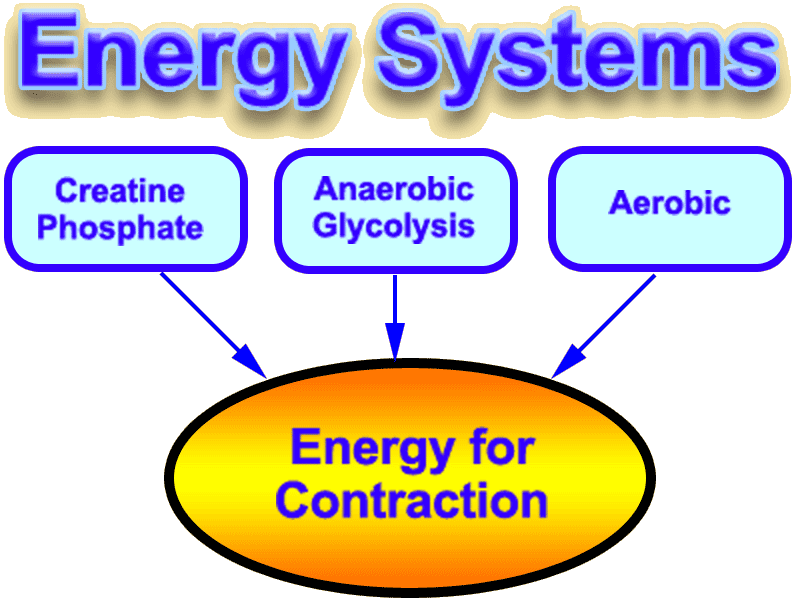There will be an increased blood flow around our veins and arteries which is important to feed our muscles with oxygen rich blood. This is done by a elevated heart rate, our heart rate will increase.the faster and harder that we work. Although the longer we work and exercise our heart it gets bigger which makes it stronger and more efficient, This means our heart rate will decrease allowing us to work at a high intensity for a long period of time. When you exercise little cracks form in the bones, when they are being healed bone cells migrate to the stressed part of the bone laying down more bone which causes the bone to be stronger and more durable.
The long-term effects of exercise on the respiratory system are helping the lungs to become healthier and to produce a greater number of alveoli, and increasing the vital capacity and tidal volume of the lungs. Your respiratory muscles increase in strength . This will cause you to be able do excersize forr a longer period of time.
The long term effects of cardiovascular are that you will have a lower resting heart rate and you will return to that quicker after stopping exercise. The Existing capillaries also open wider. Blood volume increases. The Body produces a greater number of red blood cells in order to keep the muscles supplied with oxygen during heavy exercise.
I did a certain amount of excesize over a 2 week period i then saw how i felt after these 2 weeks and started to see changes happen. At the start of the 2 weeks i would go for a run and have to stop regulary for breath because my body wasnt used to the distance i was running. However i quickly felt an increase in my fitness at the start my muscles would tense up afterwards but after a week they felt pretty much fine. I no longer had to stop for breath because my diagphram had gotten much stronger. My heart also got used to it and started to pump the blood round accordingly to how much oxygen i needed.
Aerobic:
Long Distance Running: When long distance running for example a marathon you will burn about 2,600 calories you burn more in this excersize than the others because you are running 26 miles this is more than any of the other sports.
Swimming: In a 2 mile swim you burn about 1500 calories this would be less if were a 2 mile run but because of the resistance given againt you when you swim. alot more stamina is required to get through the resistance of the water.
Anerobic: 100m Sprint: A lot less calories are burnt when doing 100m sprint due to the fact that you are only using the energy from your atp-pc system which means the event will only last about 10 seconds long each time which means you oly burn about 6 calories at each sprint.
Javelin: Javelin is another explosive sport that only uses the atp-pc system which means you are not going to burn as many calories as swimming or a marathon. when you do javelin you can burn about 365 calories in an hour because for that 4 -5 seconds of doing it it can be quite demanding after a while.


